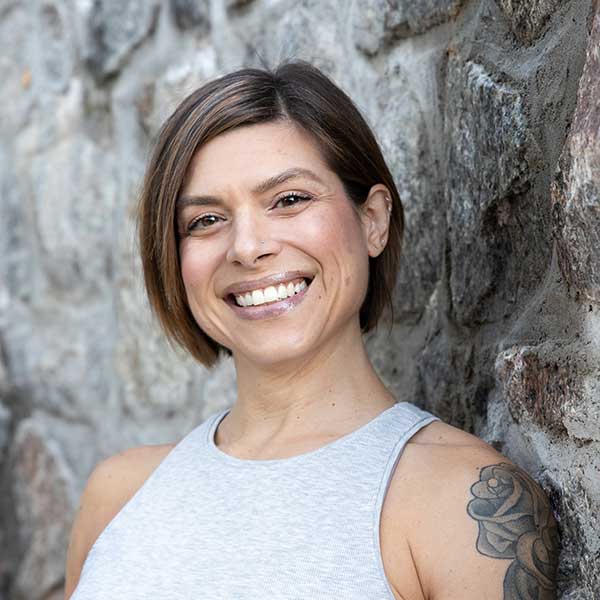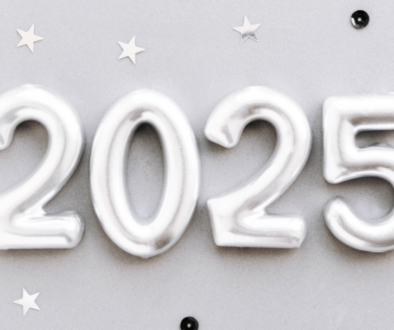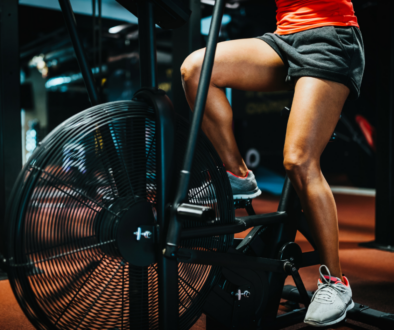The Science and the Magic of Breathing
You can survive 3 weeks without food, 1 week without water, but only 3 minutes without oxygen.
You’re asking about nutrition and hydration, but if you’re not breathing properly none of that matters.
2 reasons why we breathe: pH regulation and gas exchange.
Breathing is regulated by the brainstem, which also controls blood pressure and heart rate. Breath is both involuntary and voluntary. Parasympathetic NS controlled by Vagus nerve (meaning ” the wanderer”). Slow, deep, belly breaths (with a long exhale) activate the Vagus nerve. This also stimulates the release of GABA, an neurotransmitter. GABA in the main inhibitor of “fight or flight.” If you have high GABA, you have low anxiety. So deep belly breathing reduces anxiety.
Breathing through the nose warms, humidifies, and filters the air. You don’t get that with mouth breathing. When you exhale out through the nose the air passes over structures that collect back moisture (to humidify the next breath). When you breath out though the mouth, you lose that moisture. You see this when you’re going to clean your glasses: you fog them with the moisture in your breath from your mouth and in the winter, you see your breath when you breath out your mouth but not through your nose.
The main muscles of respiration is the diaphragm. It’s like a mushroom cap under the ribs. It pulls down and creates a vacuum to pull in the air. The exhale is passive. When we need to breath forcefully, like during exercise. accessory muscles in neck and chest pull the rib cage up to draw more air in and intercostal and abdominal muscles push the air out. If you’re not breathing correctly, you’re over-relying on the accessory muscles in the neck to breathe. This is called paradoxical breathing, in which the belly draws IN on the inhalation. That leads to physical issues because those muscles aren’t meant to work like that for the 20,000 breaths you take in a day. Paradoxical breathing does not activate the Vagus nerve, instead it activates fight or fight. Which leads to anxiety.
Ventilation is breathing in and Respiration happens at the cellular level. Alveoli (sacs) is where gas exchange happens. These surfaces need to be moist for gas exchange, diffusion, to happen. There are more alveoli at the bottom of the lunges (another reason to breathe deep). Adults have 270-790 million alveoli. Stretched out, their membranes are the size of tennis court, nearly 50 times larger than the surface of your skin. The accumulate of CO2 is what prompts you to breathe. CO2 is given off from your working muscles. Remember the body wants to regulate pH, so you breathe to release the CO2. This is why you HAVE TO breath out through the mouth during exercise.
Borg Effect: Lower pH from increased CO2 facilitates a greater release of oxygen from hemoglobin in your blood into your tissues. If you’re breathing out your mouth with a forceful exhalation BUT you’re not working hard, not exercising, you’re messing with the O2 and CO2 balance. You’re blowing it all out, but you weren’t building any up. That changes the way your body absorbs O2: Low CO2 levels lead to narrowing of the blood vessels that supply the brain. This causes lightheadedness and tingling in the fingers, called Hyperventilation (over breathing). You are breathing too much for the activity you’re doing. If you are practicing yoga or meditation you should NOT be mouth breathing. You might have experienced yourself: I saw this myself teaching Pilates to new people: the forceful breath caused new people to get dizzy.
Here’s how to practice: Begin by lying supine with one hand on your belly and one hand on the chest. Feel the belly rising and falling with each breathe and no movement in the chest. Once you’ve mastered belly breathing on your back, practice in seated again with one had on the belly and one hand on the chest.
Here’s how the breath can help you in the moment: When you’re feeling stressed, you’re in a heated conversation or a tense situation, stop and notice how your breathing and where the breath is. And then take a slow deep belly breath.
Your big take away: Always breathe through the nose, unless your exercising. And then breathe out through the mouth to release the CO2. Remember that yoga is not a workout. Yoga strengthens the parasympathetic nervous system, which is the opposite of where you are when you’re exercising. Remember your breath needs to match your activity. Breathing correctly protects your healthy, improves your mood, and keeps all the systems in the body working as they should.



